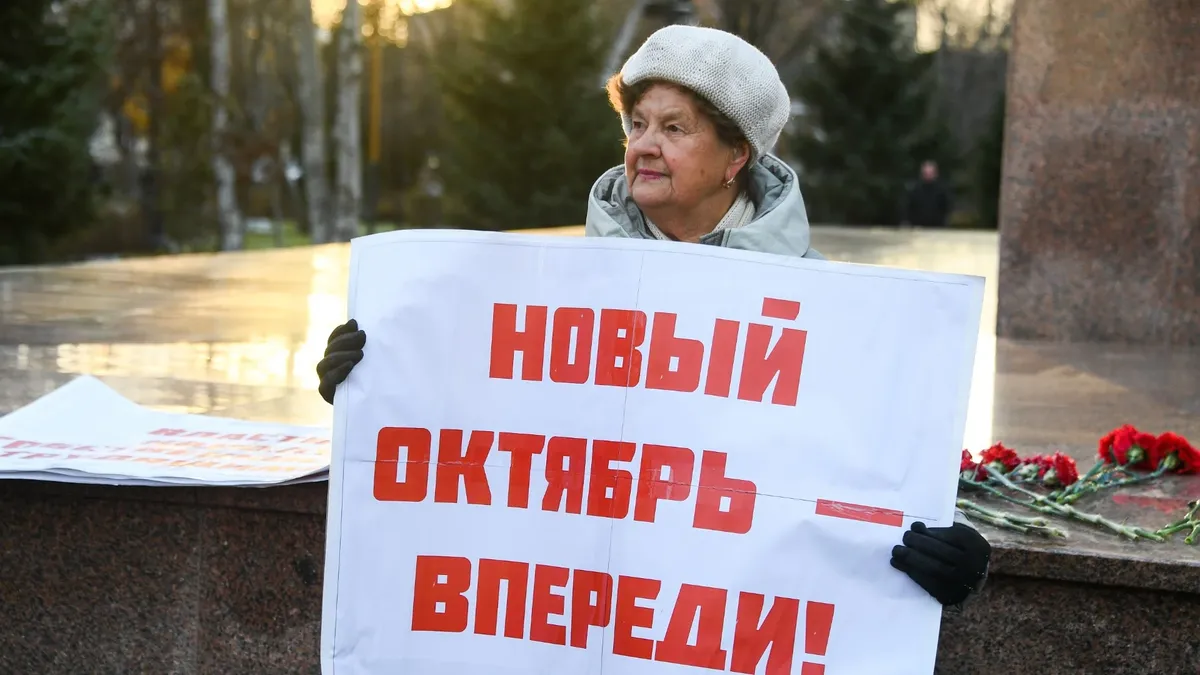UKRAINE, TURKMENISTAN SIGN LANDMARK AGREEMENT ON GAS SUPPLIES.
UKRAINE, TURKMENISTAN SIGN LANDMARK AGREEMENT ON GAS SUPPLIES.
On May 14 in Kyiv, Presidents Leonid Kuchma and Saparmurat Niazov signed an agreement on the supply of Turkmen natural gas, which could end Ukraine’s dependence on Russian gas. Under the agreement, Turkmenistan is to deliver a staggering total of 250 billion cubic meters of gas to Ukraine in the years 2002 through 2006. Annual deliveries are planned to start at 40 billion cubic meters in 2002, growing to 50 billion cubic meters in 2003, and slightly increasing again in the following years.
The gas will be priced at US$42 per thousand cubic meters at the Turkmen border in 2002. Afterward, the price will presumably be readjusted to international market conditions on an annual basis. The payments mechanism and structure will reproduce those established by the two countries for the lower volumes of gas traded in recent years. Ukraine has undertaken to pay 50 percent of the annual bill in hard currency and to offset the other 50 percent through inputs in Turkmen investment projects.
This year’s supplies of Turkmen gas to Ukraine are governed by the Kuchma-Niazov agreement, signed last October in Ashgabat and valid for a fifteen-month period ending December 31, 2001. It stipulates the delivery of 30 billion cubic meters of gas, priced at US$40 per thousand cubic meters at the Turkmen border, and the 50-50 model for Ukrainian payments.
Ukraine’s total annual requirement for gas is estimated at nearly 80 billion cubic meters. To meet it, Kyiv has piled up debts to Moscow year after year and in the process enriched a few privileged gas traders at the nation’s expense. This year, however, has seen an entirely new situation, made possible by last October’s Ukrainian-Turkmen agreement and a correlated decision by Russia to stop selling its gas to Ukraine, even as it continues exporting its gas to third countries via Ukraine for lack of alternative routes.
As a cumulative result of those decisions, Ukraine is meeting its gas requirement this year from several sources this year: internal extraction to the tune of 18 billion cubic meters, the 30 billion cubic meters from Turkmenistan and another 30 billion to be supplied by Russia in lieu of transit fees for the Russian gas pumped to Europe via Ukraine. Under this plan, Ukraine seems to be extricating itself from the chronic, crippling dependence on Russian gas.
Meanwhile, the Russian government and gas companies have officially acknowledged that Ukraine stopped the practice of siphoning Russian gas from the transit pipeline as early as May 2000. A mild winter, as well as the Turkmen supplies, made it easier for Ukraine to exercise that restraint, thereby eliminating an unofficial dimension of dependence on Russian gas.
The latest Ukrainian-Turkmen agreement signifies, at least in its intent, an even bolder move away from reliance on Russian supplies. Whether Ukraine will be able to pay for the increased Turkmen supplies seems uncertain. At the moment, Kyiv is paying on schedule for the Turkmen gas, but owes US$420 million for past deliveries. That debt includes US$380 million in cash and US$40 million worth of goods and services. The amounts seem manageable, compared to Ukraine’s arrears for Russian gas, which are estimated at US$1.5 billion as a minimum.
While in Kyiv, Niazov announced that he would not demand an early settlement of Ukrainian arrears. Instead, he will await the results of Ukraine’s debt rescheduling negotiations with the Paris Club and then consider a rescheduling of Ukraine’s arrears to Turkmenistan, provided that Kyiv stays current on payments to Ashgabat for the ongoing supplies.
At this meeting, the sides agreed in general terms on the noncash half of compensation for the Turkmen gas. Ukraine will mainly supply steel pipes, construction equipment and materials, and engineering services for Turkmen investment projects. The largest among those are a gas compressor manufacturing plant and bridge over the Amu-Darya River, the overall costs of which are valued at US$280 million and US$127 million, respectively. Other projects on the list include internal supply pipelines for oil and gas and some chemical plants. The sides have also agreed that Ukraine would recondition Turkmenistan’s Soviet-era military hardware.
An explanatory note of the Ukrainian government, distributed officially at the signing ceremony, states that the agreement with Turkmenistan “aims to counteract the Russian monopolization of gas supplies, which was causing an accumulation of Ukraine’s arrears and an increase in Russian political influence on Ukraine.” At the concluding press conference, moreover, Kuchma asserted–as he had in the past–that Ukraine has some usable counterleverage, as long as Russia needs to use the Ukrainian gas transit system for export to Europe. He did not mention, however, that Moscow seeks to control that transit system, and that the newly appointed Russian ambassador Viktor Chernomyrdin may well have been chosen for that post with that goal in mind (UNIAN, Turkmen International Press Service, May 14-15; see the Monitor, November 14, 21, 2000, May 15; Fortnight in Review, November 17, 2000).
The Monitor is a publication of the Jamestown Foundation. It is researched and written under the direction of senior analysts Jonas Bernstein, Vladimir Socor, Stephen Foye, and analysts Ilya Malyakin, Oleg Varfolomeyev and Ilias Bogatyrev. If you have any questions regarding the content of the Monitor, please contact the foundation. If you would like information on subscribing to the Monitor, or have any comments, suggestions or questions, please contact us by e-mail at pubs@jamestown.org, by fax at 301-562-8021, or by postal mail at The Jamestown Foundation, 4516 43rd Street NW, Washington DC 20016. Unauthorized reproduction or redistribution of the Monitor is strictly prohibited by law. Copyright (c) 1983-2002 The Jamestown Foundation Site Maintenance by Johnny Flash Productions


